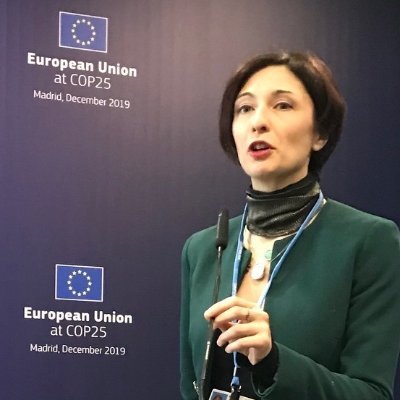Enhanced scenarios for climate stress-tests
Enhanced scenarios for climate stress-tests
Central banks and financial supervisors recommend that financial institutions run climate stress-tests, and several have developed their own. Climate scenarios are central to climate financial risk assessments. Moreover, conditional to additional factors, such as leverage, interconnectedness and climate policy credibility, financial institutions can absorb or amplify climate risks. Thus, climate stress-tests are a powerful tool to quantify the exposure of financial institutions to climate financial risks, to support investors’ climate risk management and central banks and financial supervisors on both micro and macroprudential measures.
Scenarios play a key role in stress-tests, including in climate stress-tests. The development of the scenarios of the Network for Greening the Financial System (NGFS) has been a pivotal development in the climate finance space. Going forward, we need to be aware that these scenarios are constructed without taking into account that the reaction of the financial system to the scenarios may impact, positively or negatively, on the realisation of this or that scenario. We refer to this circularity as the endogeneity of climate risks and it can cause a gap to emerge between the level of climate finance investments actually carried out and those assumed to be carried out in the scenario used in the climate stress-test.
Neglecting such endogeneity could lead to increased risks for financial stability. To address this challenge, central banks and financial supervisors can benefit from a recently developed methodological framework that connects processbased Integrated Assessment Models and the Climate Financial Risk model. This framework produces a new generation of climate mitigation scenarios that capture the key role of investors’ expectations, policy credibility and risk assessment within the realisation of the scenarios, yielding more robust climate financial risk analysis. This framework can be applied to the NGFS scenarios, and to different internal credit and financial risk models, to improve the relevance of climate stress-testing for decision making
Authors
Publisher
SOAS Centre of Sustainable Finance, LSE Grantham Research Institute on Climate Change and the Environment
Published April 30, 2024

